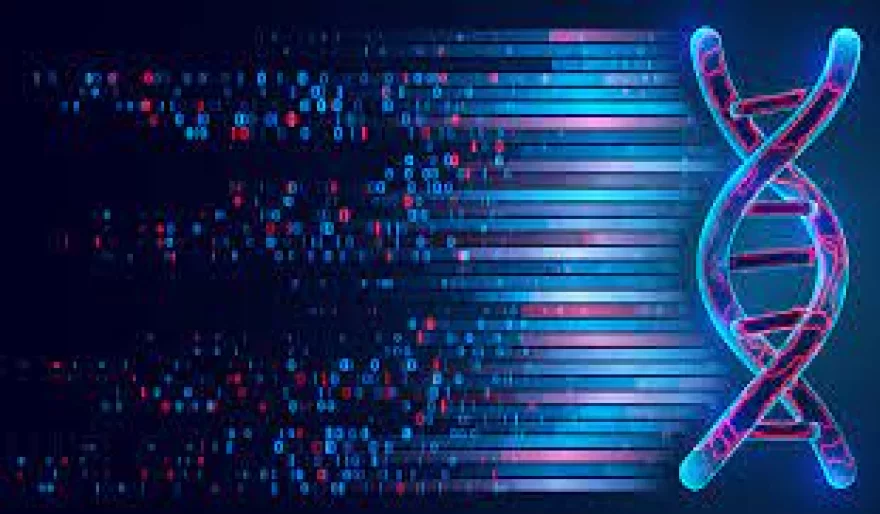Stay Ahead of the Curve
Latest AI news, expert analysis, bold opinions, and key trends — delivered to your inbox.
Unleashing the Power of AI: How Machine Learning Reveals Insights into Gene Activation
2 min read AI is revolutionizing biology! UC San Diego researchers have used machine learning to unlock valuable insights into gene activation, a key process in growth, development, and disease May 22, 2023 07:21
Artificial intelligence (AI) is revolutionizing various fields, including biology. Researchers at UC San Diego have leveraged machine learning to uncover crucial insights about gene activation, a fundamental process in growth, development, and disease.
Led by Professor James T. Kadonaga, the team used AI to identify a "gateway" DNA activation code called the downstream core promoter region (DPR). This discovery sheds light on the operation of up to one-third of our genes. Fascinating implications!
Taking their research further, Kadonaga and his colleagues employed machine learning to identify "synthetic extreme" DNA sequences with custom functions in gene activation. By comparing humans and fruit flies, they discovered unique DPR sequences for each species.
This AI-based approach opens up possibilities for designing synthetic DNA sequences with practical applications in biotechnology and medicine. It could help identify sequences that respond to specific drugs or activate genes in specific tissues. Exciting prospects!
Machine learning models were trained with real-world data from laboratory experiments, and they successfully predicted the activities of rare extreme sequences. This breakthrough showcases the potential of AI in biology and paves the way for future advancements.



















 AI Agents
AI Agents